Hancock County’s naturalist philosopher considers whether the built environment can have a life of its own.
- by James Inabinet, PhD.
Late fall, waning sun. I’m wandering around Bay St. Louis at the commercial end of Main Street; Various shops and cafés abound punctuated by galleries and a church. For the most part, the new designs are modern, box-like; the paint is garish, loud. There’s a lot of new construction that appears to be hurriedly built, not quite finished. Old buildings don’t look out of place as much as they seem to have endured.
On the whole, it’s an ephemeral place, unlived-in. Visitors come and go, doing or getting what they want before moving on. Then it’s eerily quiet. No one’s home. No judgment, this is just the way the place looks and feels, the way I think it is. The next day I’m walking down a residential street several blocks off the beach. It possesses an entirely different look. Though quiet at midday, its inhabitants are here to stay. Houses, homes, in various stages of repair are lived in. By afternoon I can hear the sound of kids laughing, men talking in hushed voices, rustling jeans snapped straight as they come off a line, “time for dinner!” Early the next morning I’m back. A mist holds the place in a spell; there’s a hush in the air except for a few undefined human noises; a dog barks twice, then silence. Sitting in a vacant lot with my back against a power pole, I feel the peace-love feeling in a city for the first time! I always thought that my love of being in nature had something to do with life. Nature places are living places, living arrangements teeming with beings that dwell among others, conducting the business of living. That’s where I’ve always wanted to be and live, in wild or semi-wild places, because they’re alive. For me, cities have always been a non-starter. City planners do what they can, lining streets with trees, creating “woodsy” city parks, but for me it always falls short. On the other hand, I have been in “human” places, parts of cities, that do feel good to be in. These places have a way of energizing me. To be sure, not all places or even most places within cities are like this, but some are. I’ve often wondered, what makes this so? The architect Christopher Alexander, in the Timeless Way of Building, has wondered this too. His answer: life! Life is a “general condition,” he declares, existing everywhere, certainly in birds and bugs, but also in buildings and cityscapes, and “to some degree in every part of space, brick, stone, river, painting, building, daffodil, human being, forest, city.” To consider buildings and stones and rivers as possessing life requires an expanded notion of what it normally means to be alive. For Alexander, the possession of “life” has more to do with structures and events among beings and places than just being born and living. For sure, he grants that living beings have more “life” than non-living beings, but life is more of a spectrum than an either/or. Further, he says that the pathway to access the “life spectrum” is through feeling. Life is felt. To put it simply, living places feel good to be in while those with diminished life do not. For the most part, this “life” he’s talking about is felt by everyone but rarely noticed. We just unknowingly gravitate to places we like to be in, places that make us feel good. We rarely ask or even know why that’s so. Alexander is obsessed with the “why that’s so,” as am I. I have studied Alexander’s idea about life, pored over his writing, sat with it, tested it in both natural and human environments. I’ve found that, though I’m not sure exactly what he’s onto, he’s onto something, and it’s profound. I can feel life; I describe it as the peace-love feeling. In my research, I have found that places with the most “life” are homes. Take a forest, for instance, forests are first and foremost homes to myriad living beings. Similarly, a house is a home for one or more human beings. These places have life in this expanded sense. I think that the feeling one gets in a home is the same feeling I get in nature. Nearly everyone knows what it feels like to be in a home, especially one’s own, especially if it’s also a locus of loving relationships. Style or size doesn’t matter. It could be a one-room cabin or a five-room house; if it’s a home, it has life. “Life things” happen in a home, in and among other living beings: siblings, parents, dogs, cats. The more intricate and nuanced the arrangement, the more life a place seems to possess. Other places have life too: the quiet bistro under a giant oak, a “secret” grotto next to an apartment, an alley with an old sofa and rusty chairs too ugly to steal where men and sons hang out after work telling tales. Alexander goes into great detail on how life gets built into places. His suggestions seem to be primarily about imitating nature so that building becomes more like growing. In natural places everything fits together, meshes, and harmonizes. To grow the built world for this, it must be done with diligence and care, and it must be as much a “feeling the way” as thinking and doing. The design of a place should evolve, and become more a suggestion than something imposed, like a forest evolves as it grows. Never completely finished and done, buildings that have life change, are continually tweaked so more life can be put into them as inhabitants change and grow. Again, the more that building becomes like nature’s way, the more life is built in. Think of it: building places with a keen eye to building-in life so that they feel good to be in. Imagine that; if this “timeless way of building” ever became more the rule than its exception, human places might begin to feel more like natural places and the peace-love feeling felt nearly everywhere. Enjoy this feature?Comments are closed.
|
Categories
All
Archives
July 2024
|
Shoofly Magazine Partners
Our Shoofly Partners are local businesses and organizations who share our mission to enrich community life in Bay St. Louis, Waveland, Diamondhead and Pass Christian. These are limited in number to maximize visibility. Email us now to become a Shoofly Partner!

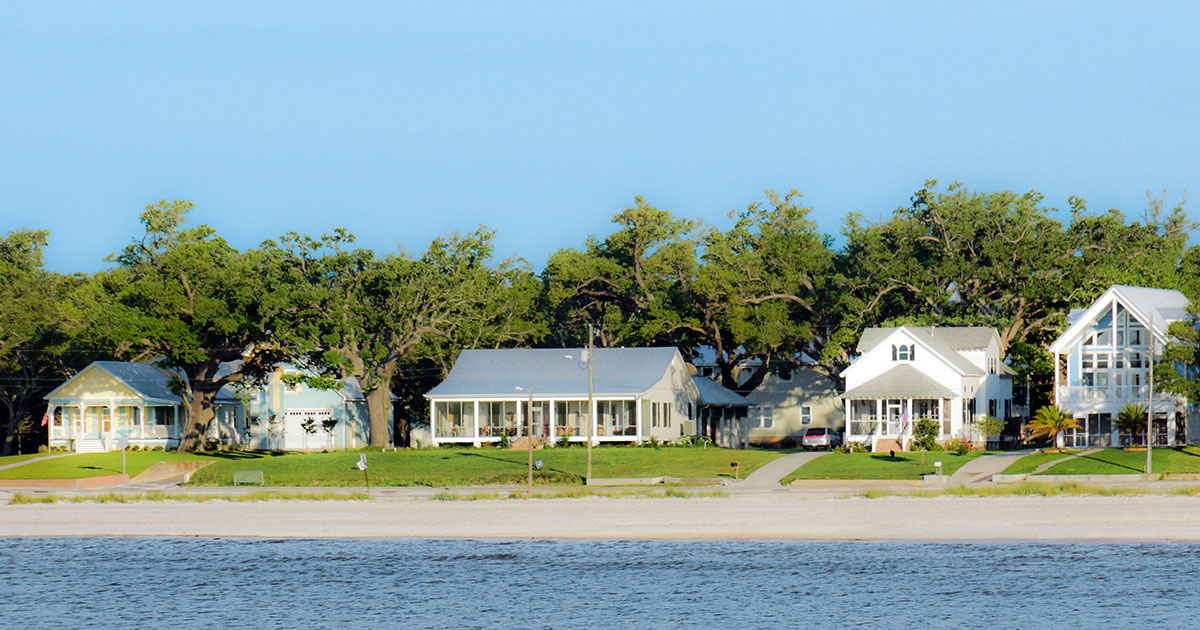
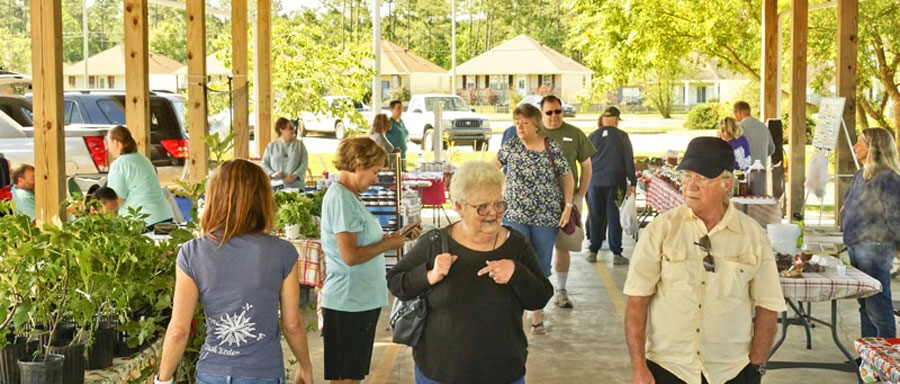

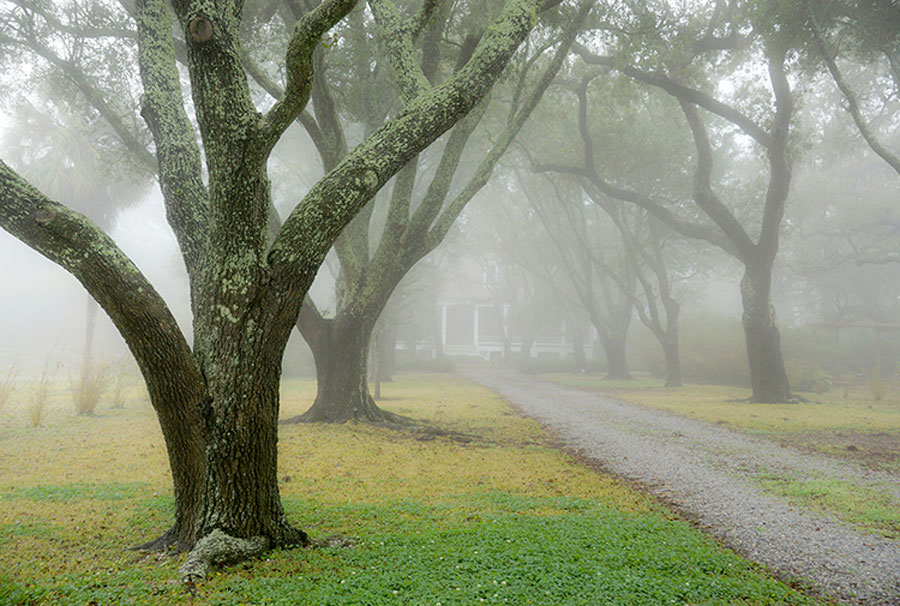
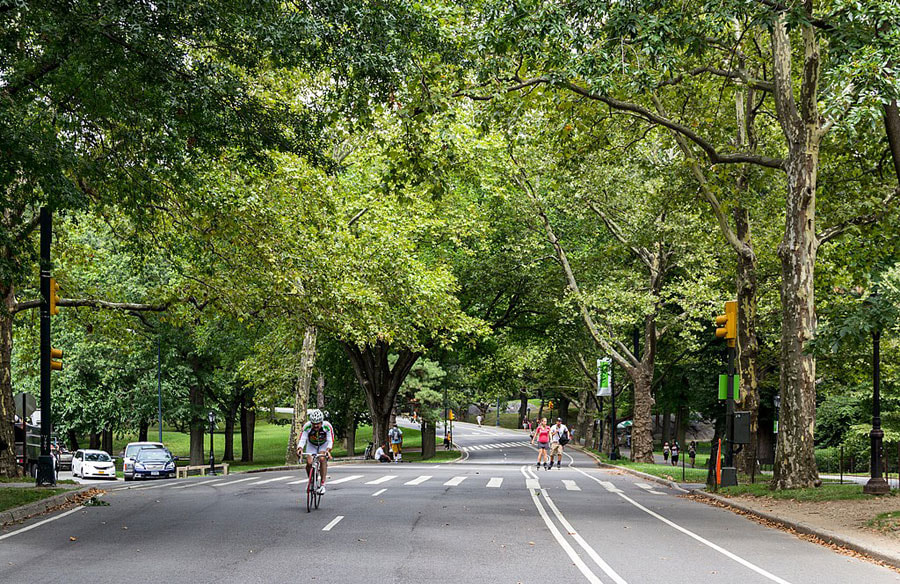
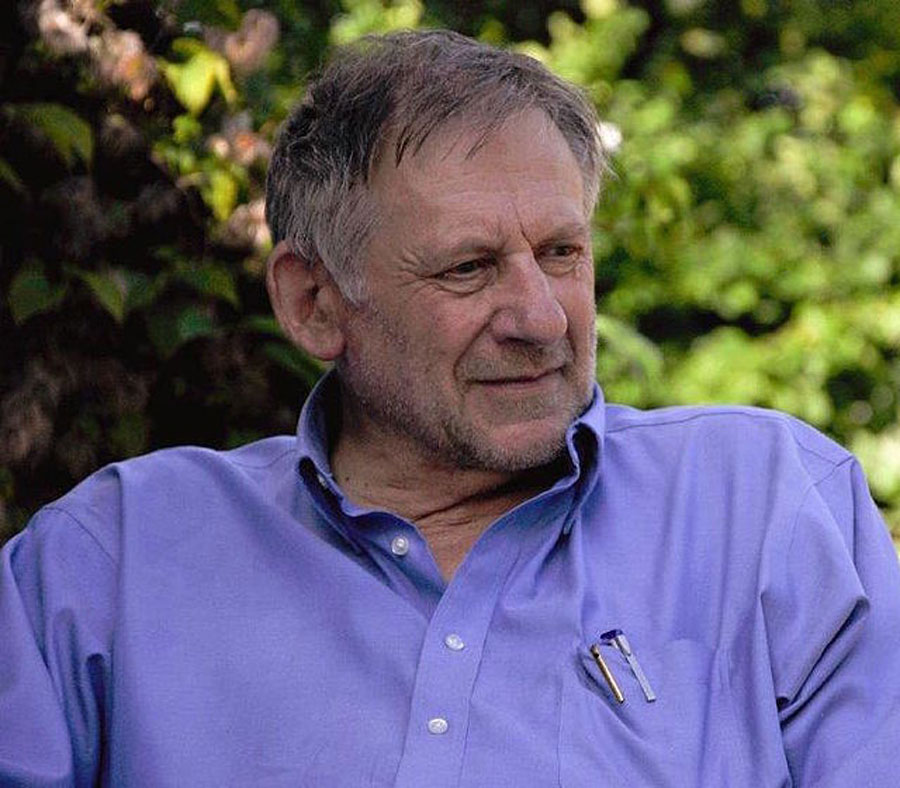



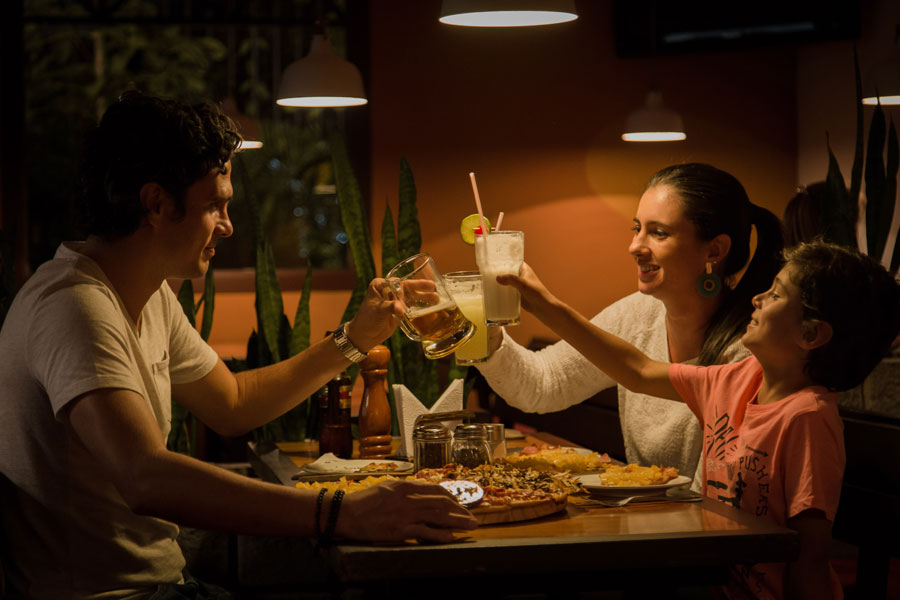


























 RSS Feed
RSS Feed























